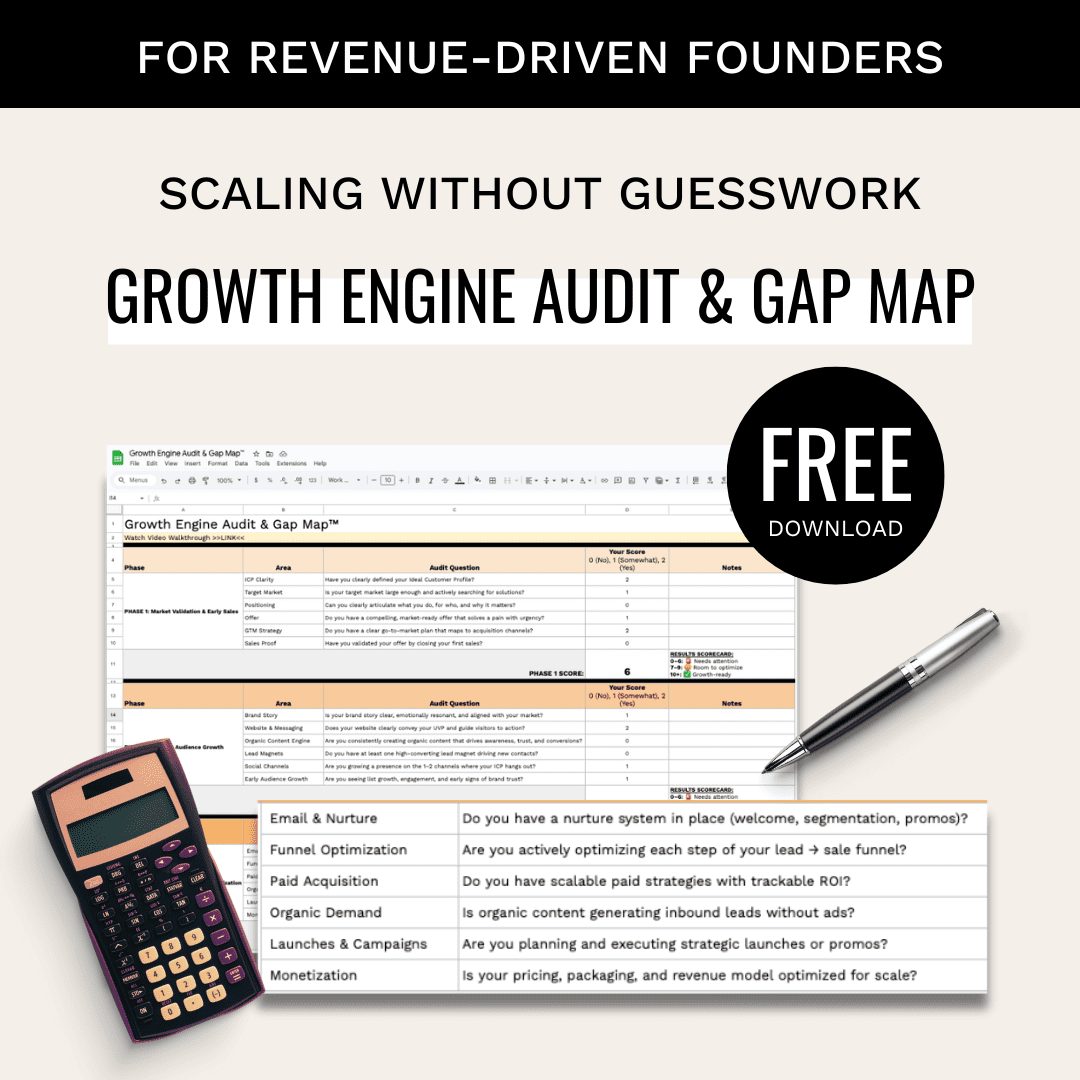Cross-channel attribution tools help track and analyze customer interactions across various marketing channels, offering insights into revenue attribution, budget optimization, and customer journey analysis. For B2B companies, these tools are essential for understanding which marketing efforts drive results.
Key Features to Look For:
- Data Integration: Ensure seamless connections with CRMs, ad networks, and analytics tools.
- Attribution Models: Choose tools offering multiple models like first-touch, last-touch, or custom options for your sales cycle.
- Reporting: Look for real-time data access, customizable dashboards, and automated ROI tracking.
Top Tools to Consider:
- Google Analytics 4 (GA4): AI-driven insights, privacy-focused.
- HubSpot Marketing Hub: CRM integration for full-funnel marketing.
- Ruler Analytics: Revenue-focused tracking for complex sales cycles.
Quick Comparison Table:
| Feature | Google Analytics 4 | HubSpot | Ruler Analytics |
|---|---|---|---|
| Best For | Data-driven insights | CRM-based marketing | Revenue tracking |
| Key Strength | AI attribution | End-to-end integration | Closed-loop tracking |
| Price Range | Free – $150,000/year | $45 – $3,200/month | $200 – $500/month |
Steps to Choose the Right Tool:
- Define your business goals (e.g., ABM, lead generation, revenue attribution).
- Check compatibility with your current tech stack.
- Ensure scalability for future growth.
- Test tools through free trials or demos.
Start by identifying your needs and evaluating tools based on integration, attribution models, and reporting capabilities to make an informed decision.
Mastering Multi-Channel Attribution: Top 5 Tools
Must-Have Features in Attribution Tools
When selecting cross-channel attribution tools, B2B tech companies should focus on three key areas that directly impact how well the tool tracks and analyzes marketing performance. These areas align with the core functionalities discussed earlier while addressing practical needs.
Data Integration Options
Choose tools that seamlessly connect with your current technology stack. Look for features like:
- The ability to import offline interaction data
- Flexible APIs for integration
- Real-time data synchronization
For example, GA4’s BigQuery integration allows detailed cross-channel analysis.
This seamless data integration sets the stage for the next essential feature: adaptable attribution modeling.
Attribution Model Types
The attribution model you use can heavily influence how you measure and optimize your marketing strategies. The best tools should offer a variety of models to suit the unique demands of a B2B sales cycle.
| Attribution Model | Best For | Key Benefit |
|---|---|---|
| First-touch | Brand awareness campaigns | Highlights top-of-funnel success |
| Last-touch | Direct response efforts | Pinpoints conversion drivers |
| Linear | Long sales cycles | Distributes credit evenly across channels |
| Time-decay | Complex purchase paths | Focuses on recent interactions |
Ruler Analytics stands out by letting companies design custom attribution rules tailored to their specific sales processes.
Reporting Functions
Strong reporting features are crucial for transforming raw attribution data into actionable insights. Look for tools that offer:
- Real-time data access for quick decisions
- Multi-level analysis to dig deeper into performance
- Customizable dashboards to meet various stakeholder needs
- Automated ROI tracking by channel
For B2B tech companies, reporting should also account for both digital and offline touchpoints. This is especially important since personal interactions often play a big role in closing deals.
Matching Tools to Business Needs
B2B Goals and Tool Selection
Once you’ve assessed the core features of a tool, the next step is aligning its capabilities with your main business objectives. Different tools are better suited for tracking specific parts of the customer journey, so it’s essential to choose one that fits your needs.
For businesses prioritizing account-based marketing (ABM), tools with strong account-level tracking are essential. A good example is Bizible (now part of Marketo), which integrates seamlessly with Salesforce CRM. This setup helps teams monitor engagement across entire buying committees within targeted accounts.
| Business Goal | Key Features | Impact Metrics |
|---|---|---|
| ABM Focus | Account-level tracking, Multi-user journey mapping | Account engagement rate, Deal size |
| Lead Generation | Lead scoring integration, Source attribution | Lead quality score, Conversion rate |
| Revenue Attribution | CRM integration, Multi-touch tracking | Pipeline contribution, Revenue impact |
Growth and Long-term Fit
As your business grows, scalability becomes a key factor. Tools need to adapt to expanding operations, especially when handling larger data sets or adding new users. This often involves robust data integration and flexibility.
For companies experiencing rapid growth, enterprise-level solutions like Adobe Analytics are worth considering. They handle unlimited data processing, making them ideal for businesses with ambitious growth plans.
When evaluating tools for scalability, focus on these areas:
- Data Processing Capacity: Ensure the tool can handle increasing data volumes without performance issues.
- Integration Flexibility: For example, Segment’s open API makes it easy to add new marketing channels as your business expands.
- Pricing Models: Choose a solution with pricing that adjusts based on your usage growth.
sbb-itb-e8c8399
Technical Requirements and Legal Standards
Once your tools align with business goals, it’s time to check their technical fit with your existing infrastructure. This compatibility is crucial for tracking ROI across various channels effectively.
IT System Requirements
Start by assessing your technical setup to ensure smooth implementation. A recent study found that 72% of B2B companies face challenges integrating attribution data across multiple systems and platforms.
To ensure everything runs smoothly, your infrastructure should support:
- API access with authentication
- Centralized data storage (like a CDP or data warehouse)
- SSO compatibility for seamless access
Storage needs vary depending on the deployment type. For instance, Google Analytics 4 uses cloud-based hosting, while enterprise tools like Amplitude offer both cloud and on-premise options for businesses with strict data residency rules.
Data Privacy Rules
With GDPR penalties reaching up to €20 million or 4% of global annual revenue, staying compliant is non-negotiable. These regulations add another layer to your data integration needs, especially when dealing with regional compliance.
Some tools simplify this process. HubSpot, for example, automates consent management and DSAR (Data Subject Access Request) handling. For more advanced security, Adobe Analytics provides features like:
- Data encryption (AES-256 for stored data, TLS 1.2+ for data in transit)
- Role-based access controls with multi-factor authentication
- Audit trails to track data access
- Flexible options for data residency
When choosing tools, look for ones with built-in data anonymization and encryption capabilities. These features not only simplify compliance but also ensure your attribution data remains actionable while supporting the growth strategies mentioned earlier.
Setup and Performance Improvement
To avoid the data integration issues that affect 58% of B2B marketers, it’s essential to roll out attribution tools in well-planned phases. Once technical compatibility is confirmed, follow these steps to put your attribution strategy into action:
Setup Steps
- Integrate Data Sources
Connect your main data sources using reliable, pre-tested integrations. - Configure Your Attribution Model
Set up the following for accurate tracking and analysis:- Custom channel groupings tailored to your marketing strategy
- Conversion tracking for both small (micro) and large (macro) goals
- Consistent UTM parameters across all marketing channels
- Apply Quality Assurance (QA)
Establish QA processes to ensure data accuracy:- Use GDPR-compliant validation methods for data checks
- Cross-check data with existing analytics tools
- Implement server-side tracking where feasible
- Conduct regular reviews to catch and correct errors
Ongoing Improvements
Businesses using advanced attribution models are 12% more likely to surpass their revenue goals. To keep improving, focus on these areas:
- Data Quality: Perform weekly audits and verify data sources.
- Model Testing: Run A/B tests on your attribution models every quarter.
- Integration Updates: Check and update API connections monthly.
Key Improvement Steps
- Conduct Regular Audits
Reassess your attribution models every quarter to ensure they align with your current goals and market trends. - Monitor Performance Metrics
Keep an eye on key metrics like conversion rates, customer acquisition cost (CAC), and return on ad spend (ROAS) to identify areas for improvement. - Create a Feedback Loop
Schedule monthly meetings with your marketing and sales teams to gather feedback on the tools and uncover opportunities for refinement.
Keep system documentation up-to-date and provide regular training sessions to your team. Staying informed about new features and updates will help maintain high adoption rates and ensure you get the most out of your attribution tools.
Top Attribution Tools for B2B Tech
Once you’ve defined your technical and business needs, it’s time to assess these top platforms to see how they align with your goals:
Google Analytics 4 (GA4) is a must-have for B2B tech companies. Its AI-driven models simplify tracking complex customer journeys while ensuring privacy compliance through cookieless tracking. Plus, it integrates seamlessly with the Google ecosystem:
- AI-based attribution for smarter insights
- Privacy-focused cookieless tracking options
HubSpot Marketing Hub connects marketing and sales outcomes through its built-in CRM sync, making it ideal for businesses focused on full-funnel marketing. Meanwhile, Ruler Analytics excels at mapping revenue for longer, more complex sales cycles.
These tools showcase the features discussed earlier, but how do they compare?
Tool Comparison Chart
| Feature | Google Analytics 4 | HubSpot | Ruler Analytics |
|---|---|---|---|
| Best For | Companies focused on data-driven insights | CRM-based organizations | Teams prioritizing revenue tracking |
| Key Strength | Advanced AI attribution models | End-to-end marketing integration | Revenue-focused closed-loop tracking |
| Price Range | Free – $150,000/year | $45 – $3,200/month | $200 – $500/month |
How to Choose the Right Tool
To make the best choice, match your business goals and technical requirements with the tool’s features. Here are some factors to keep in mind:
- Data Integration: Check if the tool connects easily with your existing platforms.
- Attribution Model Options: Make sure it supports your sales cycle’s complexity and length.
- Reporting Capabilities: Look for tools that can track pipeline contributions and revenue impact effectively.
- Scalability: Opt for solutions that can grow alongside your business needs.
Use the evaluation framework from earlier sections to guide your decision-making process. This ensures you’re selecting a tool that aligns perfectly with your goals.
Conclusion: Steps to Pick the Right Tool
Choosing the best cross-channel attribution tool involves a clear plan tailored to your company’s needs. Begin by reviewing your current marketing tools and data integration setup. Make sure your choice aligns with the revenue tracking and customer journey insights mentioned earlier.
Here’s a simple framework to guide your decision-making process:
- Define Your Needs: Review your marketing channels and confirm that the tool will work with your existing systems. Outline the tracking requirements for your goals and key performance indicators (KPIs). If you focus on account-based marketing, ensure the tool can handle complex B2B buyer journeys across multiple touchpoints.
- Check Compatibility: Evaluate how well the tool integrates with your current infrastructure. Key factors to consider include:
- Compatibility with data sources
- Availability of APIs
- Adherence to security standards
- Think Long-Term: Don’t just focus on upfront costs. Look for tools that can grow with your business and offer advanced features to support future needs.
Pro Tip: Use free trials and demos to see how each tool performs for your specific use cases. Test channel grouping and attribution models, as discussed earlier. Prioritize tools with strong customer support to make the most of your investment.
Related Blog Posts
- How Data Improves ABM Segmentation ROI
- How to Choose Cross-Channel Attribution Tools for B2B
- How Co-Marketing Boosts B2B Tech Partnerships
- Ultimate Guide to Marketing Channel Benchmarking




